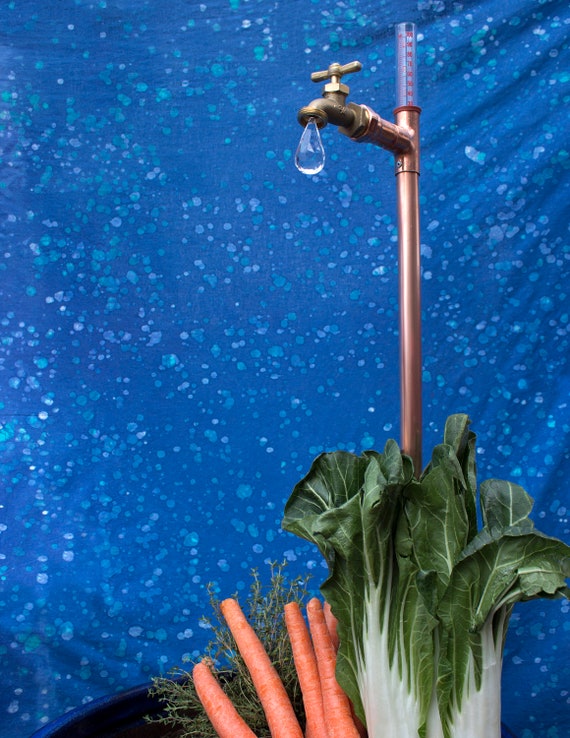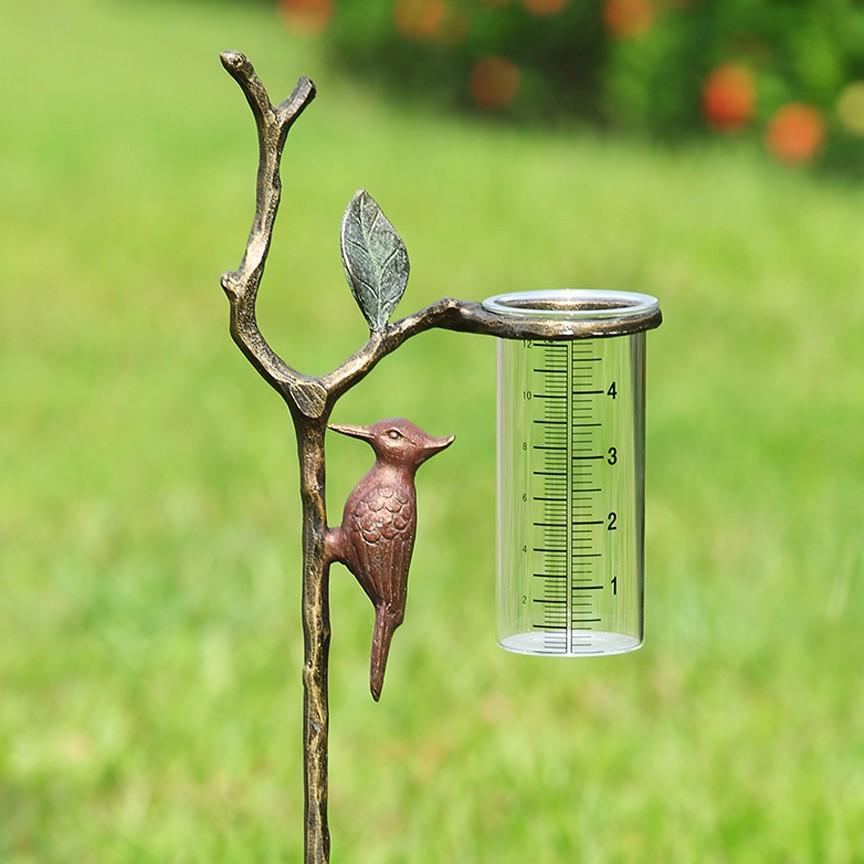The Rain Gauge: A Comprehensive Guide to Accurate Weather Condition Measurement
The Rain Gauge: A Comprehensive Guide to Accurate Weather Condition Measurement
Blog Article
Understanding Rainfall Gauge Measurements: A Complete Guide
Understanding Rainfall Gauge Measurements: A Total Guide is a detailed resource for anybody looking for a deeper understanding of rainfall scale dimensions. Whether you are a professional in the area or merely have a curiosity about rainfall dimension, this guide will outfit you with the understanding needed to efficiently use rainfall gauge measurements.
The Value of Rain Gauge Measurements
The importance of rain scale measurements hinges on their function as an essential tool for accurately analyzing and keeping an eye on rainfall degrees - The Rain Gauge. Rainfall scale measurements give beneficial data that aids hydrologists and meteorologists recognize patterns and fads in rains, which consequently aids in different areas such as agriculture, water resource monitoring, and climate research

Accurate rains dimensions are necessary for agriculture as they assist in identifying watering demands, crop growth, and return forecasts. Farmers count on this info to make informed choices about when to water their crops, stopping water waste and making sure ideal plant health. Additionally, rains information assists in assessing the impact of droughts or too much rainfall on crop manufacturing, making it possible for farmers to take suitable procedures to reduce losses.
Water resource management greatly relies upon rain gauge dimensions to determine the quantity of water available in tanks, rivers, and lakes. Precise measurements make it possible for water managers to make educated decisions concerning water appropriation and circulation, making certain lasting use and preventing scarcities. This details is specifically important in regions where water shortage is a pressing concern.
Additionally, rainfall scale dimensions play an important function in climate research. By properly measuring rainfall over extended durations, researchers can analyze lasting climate patterns and determine adjustments in rainfall patterns due to environment adjustment. This data helps policymakers and scientists develop methods to adapt to and reduce the effects of climate modification.
Sorts Of Rain Scales
There are numerous sorts of rain gauges used to determine precipitation properly. Each type has its own advantages and restrictions, making them appropriate for different purposes and environments.
The most typical sort of rainfall gauge is the standard round scale. It includes a round container with a broad funnel-shaped top to accumulate rainwater (The Rain Gauge). The water is then channelled right into a graduated gauging tube, enabling precise measurement of the amount of rainfall
Another kind is the evaluating rainfall gauge. This gauge utilizes a delicate equilibrium to gauge the weight of the collected rainfall. By converting the weight right into quantity, the amount of rainfall can be identified. Considering rain assesses are especially helpful in areas with frozen rainfall or heavy rains, as they are not influenced by sprinkling or evaporation.
Tipping bucket rainfall assesses employ a system that ideas a tiny container each time it gathers a details amount of rainwater. The number of suggestions is recorded and used to compute the rains. This sort of scale is frequently utilized in automated weather terminals as a result of its low maintenance requirements and capability to offer real-time data.
Ultimately, there are radar-based rainfall assesses that use radar technology to approximate rainfall. These evaluates measure the strength of rainfall in a specific location by evaluating the mirrored radar signals. They are especially useful for determining rainfall over large areas or in remote places.
Just How Rainfall Scale Measurements Job
Rain scale measurements are based on the principle of accumulating and gauging the quantity of precipitation. These instruments are Learn More made to capture rain and offer an accurate dimension of the rainfall in a details location.
One of the most common sort of rain gauge is the common round scale. It includes a cylindrical container with a wide opening at the leading to gather rainwater. The gathered water is then channelled into a determining tube, which is calibrated to supply the dimension in devices of length, generally inches or millimeters.
An additional type of rain scale is the tipping bucket scale. It uses a seesaw-like device with 2 buckets that tip when they reach a certain weight threshold. Each pointer of the bucket stands for a specific quantity of rains, enabling for accurate measurements.
Some advanced rain evaluates are equipped with electronic sensors that instantly document and transfer information. These sensing units utilize numerous innovations such as ultrasound or laser to determine the quantity of rainfall precisely.
Aspects Affecting Rain Gauge Accuracy
Elements that can influence the precision of rainfall gauge dimensions include numerous environmental and operational variables. Environmental aspects such as wind, temperature, and air pressure can significantly impact the precision of rainfall scale measurements. Solid winds can cause the rainfall gauge to tilt or relocate, leading to incorrect analyses. Similarly, extreme temperatures can create evaporation or freezing of the accumulated rainwater, leading to altered dimensions. Adjustments in air pressure can also affect the accuracy of rainfall scale measurements, as they can alter the price at which rainfall is collected.
Operational variables, on the various other hand, refer to factors associated with the design, installment, and upkeep of the rainfall scale. The positioning of the rain gauge in a location with blocked air movement or near structures or trees can bring about imprecise readings as a result of obstruction or splattering of rains. Inappropriate calibration or uneven upkeep of the rain scale can also impact its precision.
To make certain the accuracy of rain scale measurements, it is necessary to consider these elements and take appropriate measures. This might involve selecting a proper area for the rain gauge, ensuring appropriate installation and upkeep, and on a regular basis adjusting the tool. By addressing these aspects, trustworthy and accurate rainfall dimensions can be gotten, which are essential for different applications such as climate projecting, hydrological studies, and farming.
Tips for Precisely Determining Rainfall
To make sure accurate rainfall measurements, it is essential to carry out details techniques and strategies when making use of a rainfall scale. Right here are some suggestions for precisely measuring rains:
Proper Placement: Put the rainfall gauge in an open area, far from trees, buildings, and various other obstructions that may interfere with the rains collection. It should be placed on a degree surface to avoid water pooling or overflow.

Check Out the Range Correctly: When taking dimensions, read the water level at eye level pop over here from the bottom of the lens. Stay clear of parallax errors by aligning your view straight with the water degree.
Constant Time Interval: Establish a constant time interval for measuring rainfall, such as every 24 hours or after each rainfall event. This ensures precise monitoring and contrast of precipitation information.
Record Measurements Immediately: Tape rains measurements immediately after collection to stop dissipation or spillage. Use a rain scale with an integrated information logging feature for automated recording.
Conclusion
In final thought, comprehending rain scale dimensions is important for precisely Get More Information measuring rainfall. It is important to consider factors that can affect the precision of rainfall gauge dimensions, such as positioning, dissipation, and wind.
Recognizing Rain Gauge Dimensions: A Complete Guide is a comprehensive source for any person looking for a much deeper understanding of rainfall gauge measurements. Whether you are an expert in the area or just have an inquisitiveness about rains dimension, this overview will equip you with the expertise needed to successfully utilize rainfall scale dimensions.
The most usual kind of rain gauge is the common round gauge.The most typical kind of rainfall gauge is the common cylindrical scale.An additional kind of rain scale is the tipping container scale.
Report this page